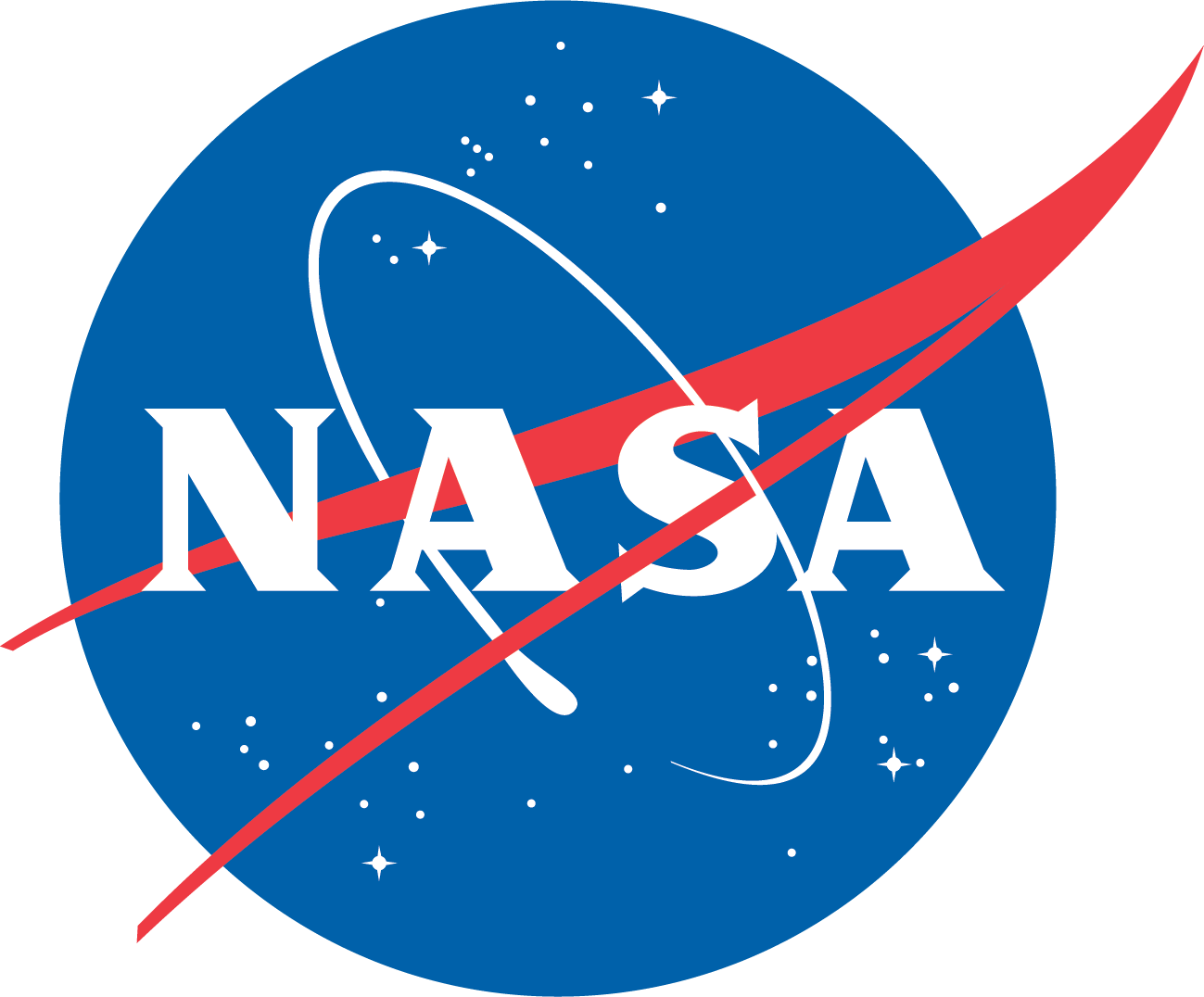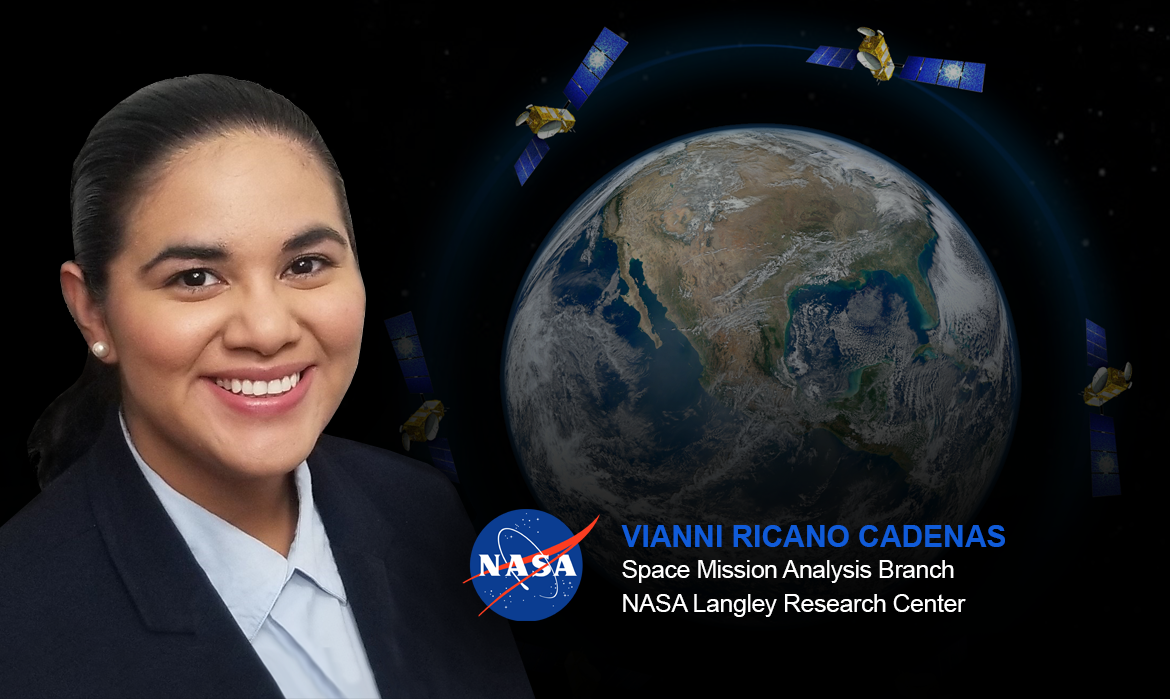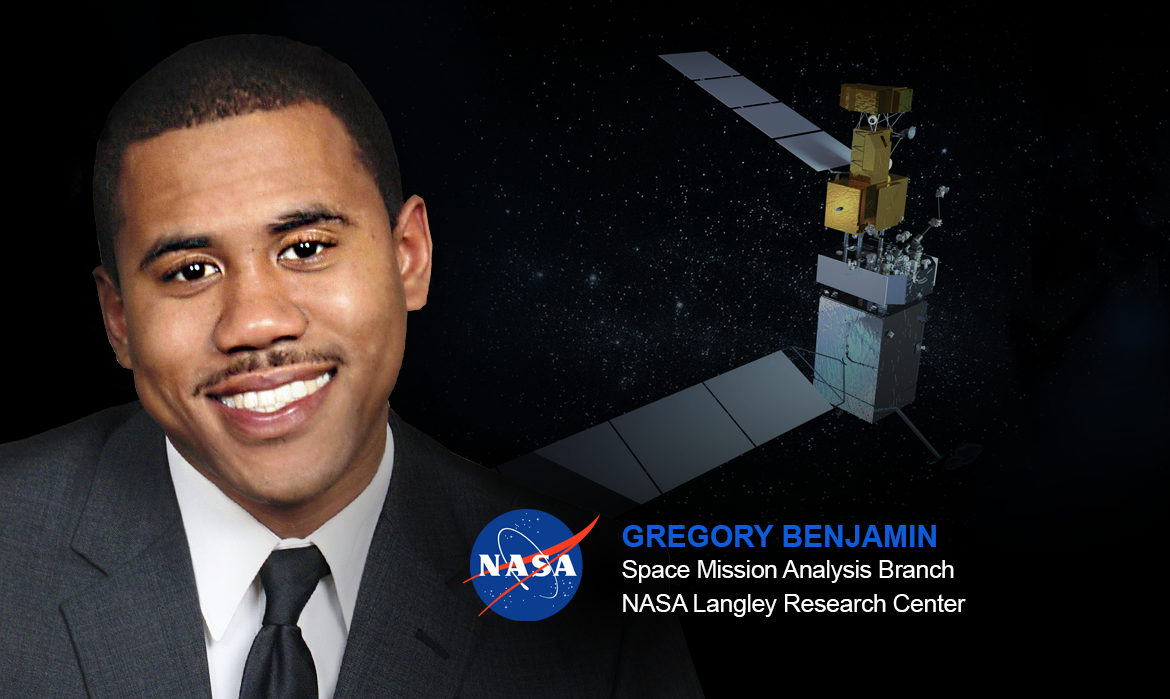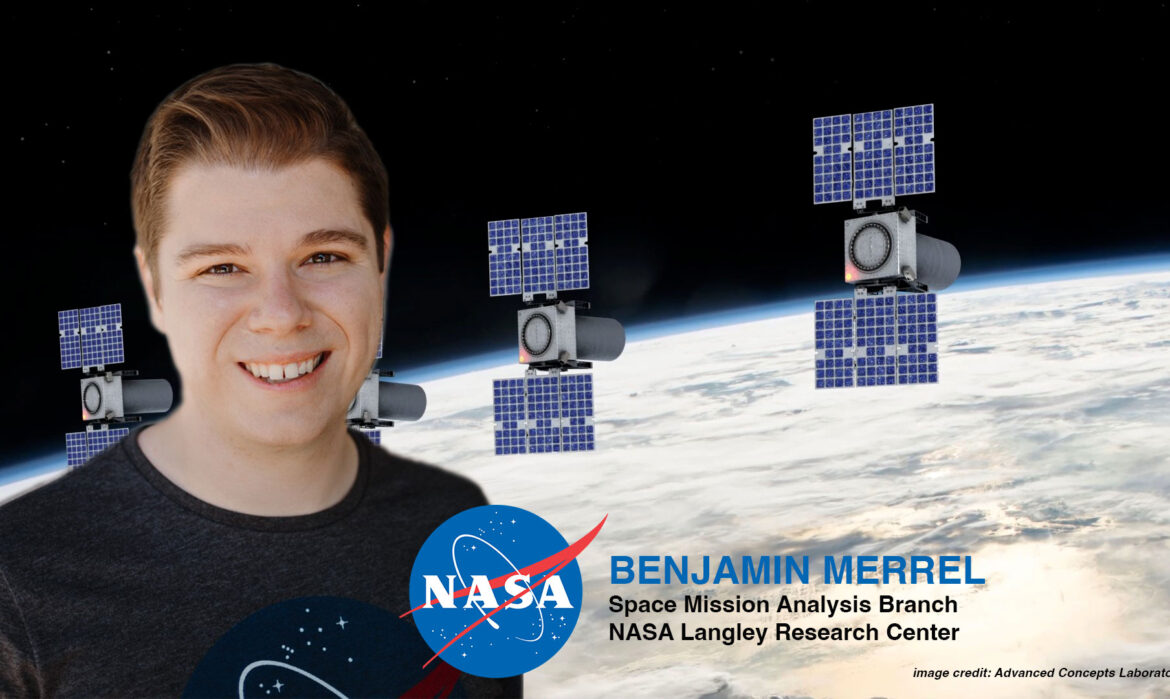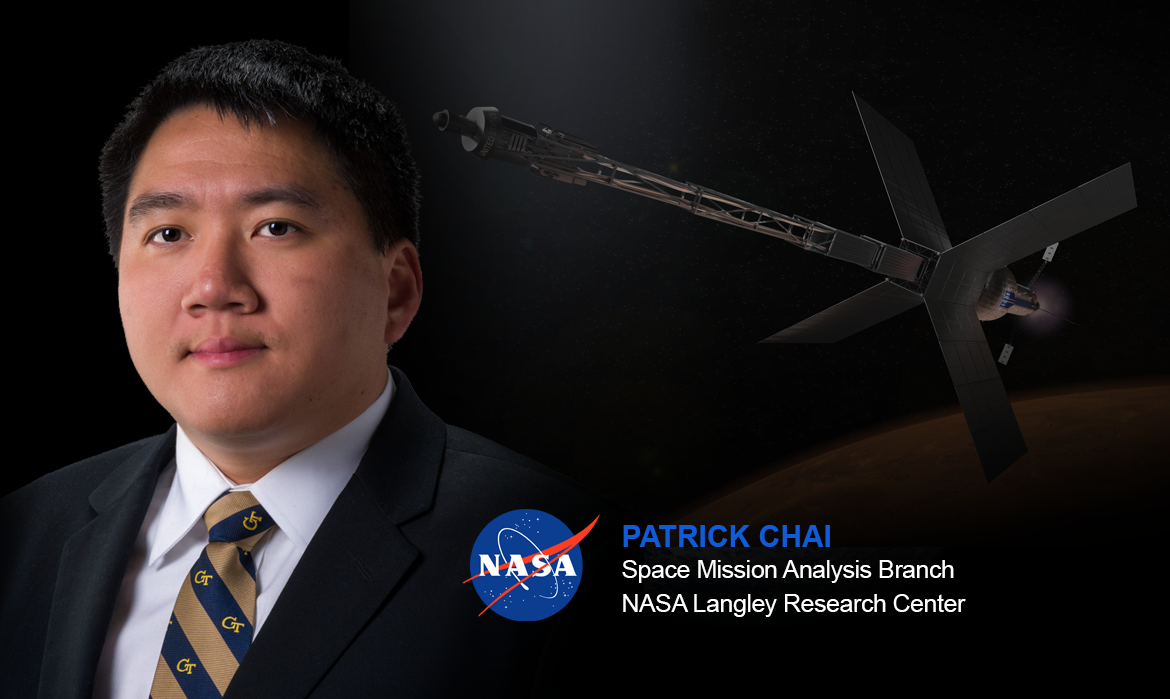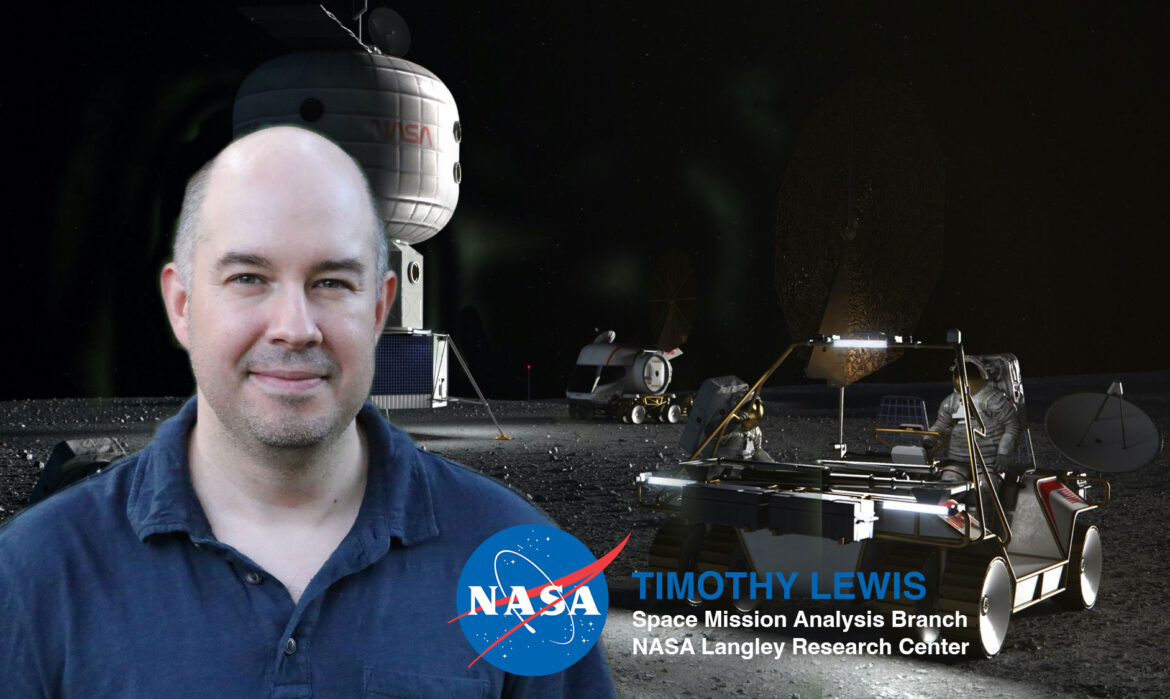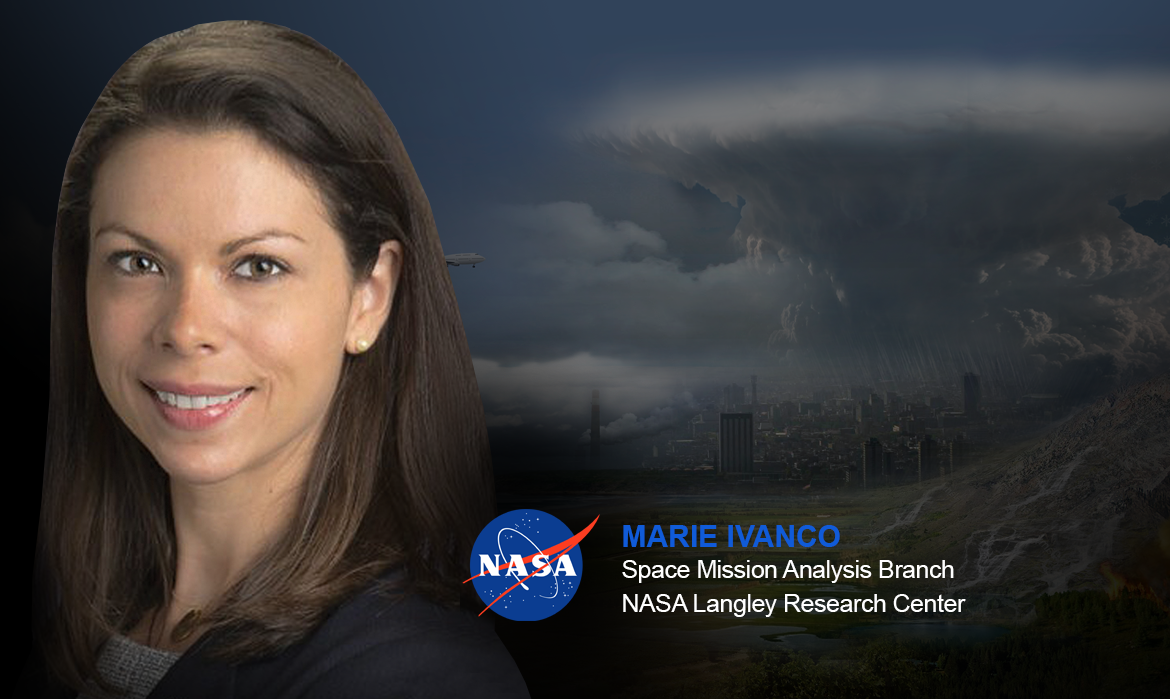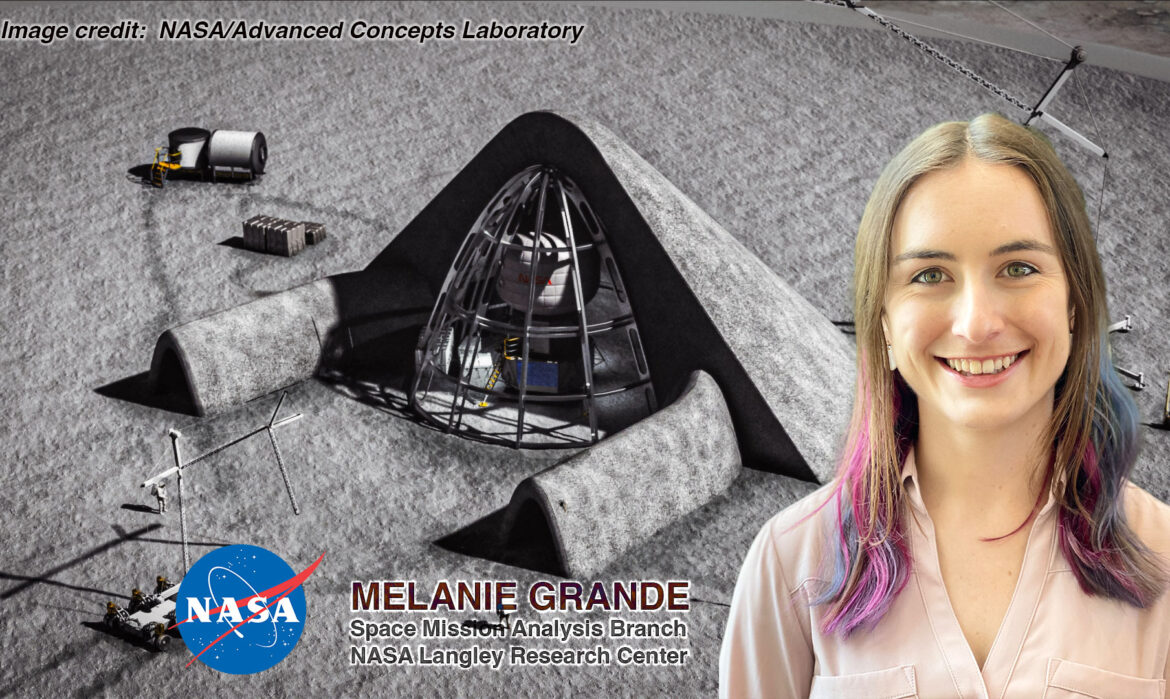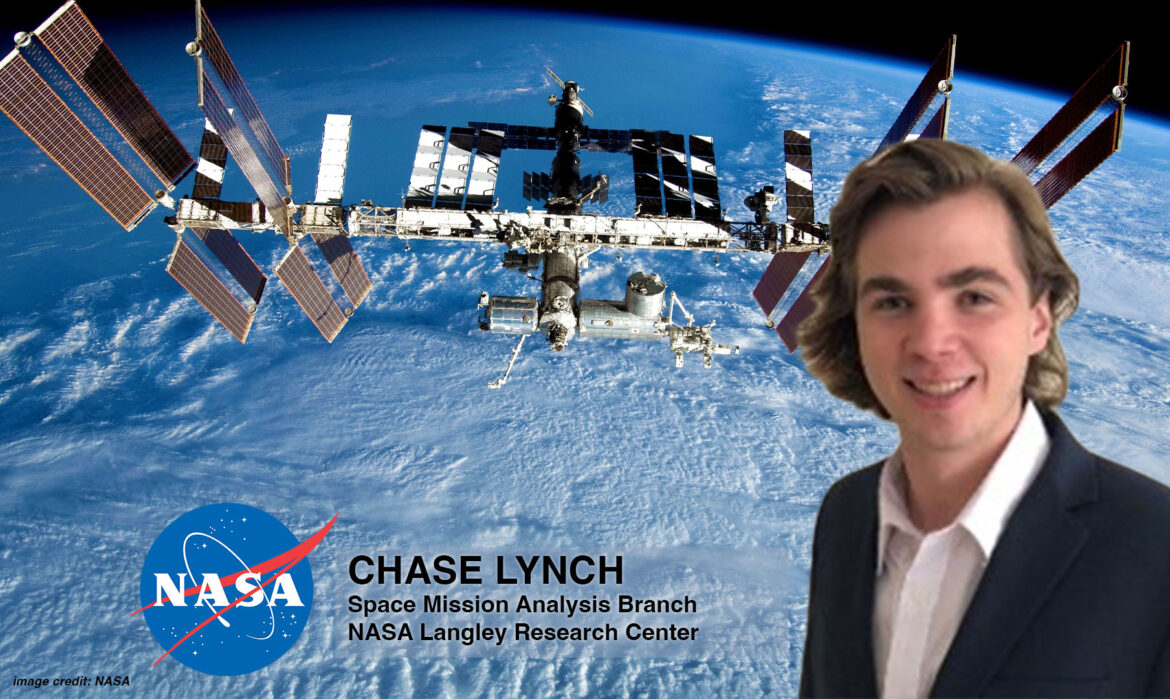The Big Picture of Lunar Landings, featuring Ryan Joyce
“Humanity is moving forward. We’re trying to learn how to live on and off this planet.” For Ryan Joyce, this is why it is so important to bring the big picture perspective to the development of the Human Landing System (HLS) and the preparation for our next steps on the Moon.
Joyce, an aerospace engineer in the Space Mission Analysis Branch at NASA’s Langley Research Center, helps sustain that vision throughout the ongoing program to develop a capability to return crew to the Moon for the first time in half a century. Over the past few years, he has supported the planning for and procurement of the system that will perform the first HLS crewed landing. This will be a critical part of the most ambitious lunar mission to date, but for Joyce, that’s only the beginning of the story.

In his current role as deputy lead for the Integrated Performance team, Joyce shapes the strategic arc of HLS by ensuring that NASA’s requirements for both the crewed and cargo vehicle versions are closely aligned and enable industry competition. This guidance also enables private industry to maximize commonality in their designs to reduce costs for NASA to procure a large cargo lander to enable future Artemis missions.
“I like to look at the big picture to remember what we’re doing and why we’re doing it.”
Joyce does this by drawing on both his positive outlook and systems analysis expertise. “I like to look at the big picture to remember what we’re doing and why we’re doing it,” he says of his approach to working with the multi-center team. The awareness of the big picture allows the team to understand and operate in the larger context of NASA’s Moon to Mars venture by looking beyond the preparations for the first mission. The systems analysis perspective allows the team to put that into action. “You can open people’s eyes to a piece of the trade space where a decision they’re making to optimize their part of the system doesn’t optimize the whole system.” By leading that analysis, Joyce and the team are able to better understand how the choices made in designing HLS will influence human exploration plans for years to come.
The big picture is a mosaic of numerous considerations influencing the development of the lunar lander. Just considering the landing site at the South Pole requires understanding the terrain, solar illumination, and the lander approach direction relative to any surface systems, among other factors. Accounting for all of these is a complicated and necessary part of achieving lunar exploration objectives. “You have to finesse all of those things so that the sites of scientific interest are actually accessible,” Joyce says. The skills that are needed to account for all these considerations will support not just future missions to the Moon, but also the even more challenging coordination required to send humans to Mars.
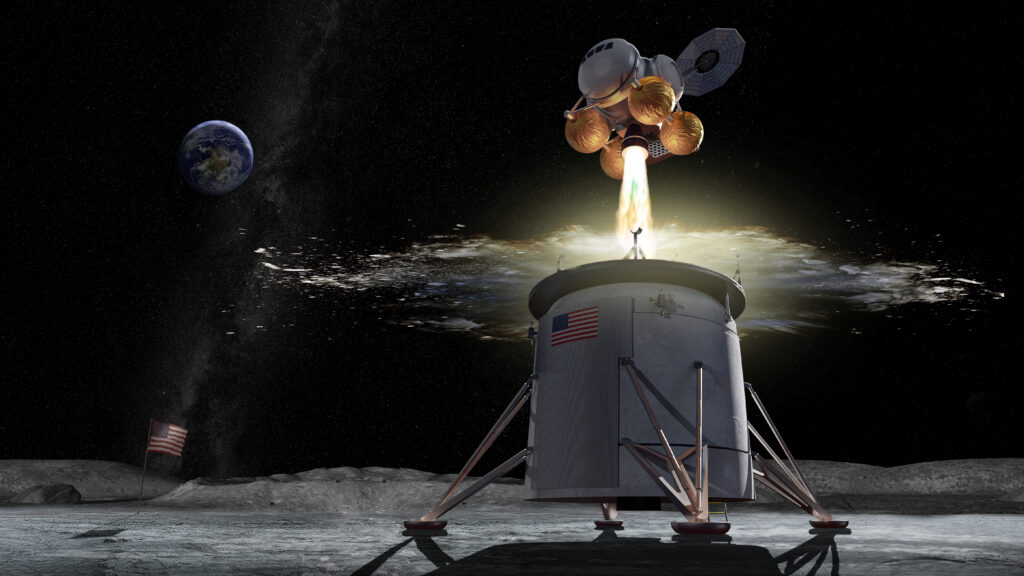
For Joyce, comprehending the unknown has always driven his passion for science and eventually space exploration. When he was a child, his grandfather handed him a pair of magnets, sparking Joyce’s desire to understand how they work. That set him down a path towards physics and engineering, which was only enhanced in high school. His teacher described how NASA missions sometimes use a gravitational assist from the Moon to accelerate rovers on their way to Mars. “I need to learn how that was done,” he thought in response to this discovery, and so he pursed a degree in aerospace engineering at the University of Maryland. While there, he participated in several of NASA’s student challenges sponsored by SMAB, and that prepared him to join the branch as a Pathways student working on human spaceflight. Within a few years, he had permanently joined the branch and was spending his days helping advance NASA’s approach to returning to the Moon.
As Joyce sees it, HLS is one piece of a broader venture. The lunar lander, along with other systems like the International Space Station and the Lunar Gateway, are parts of humanity’s journey beyond being a single-planet species. By building these systems, and taking the processes and lessons learned from doing so, we become better prepared to overcome the challenges associated with visiting other destinations in the solar system. “We have a lot of learning left to do,” Joyce says, and his work on HLS is a part of that quest for knowledge.
Author/Contact: Chris Jones
Published: July 2022

Take a look at other SMAB feature stories
